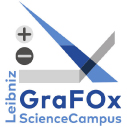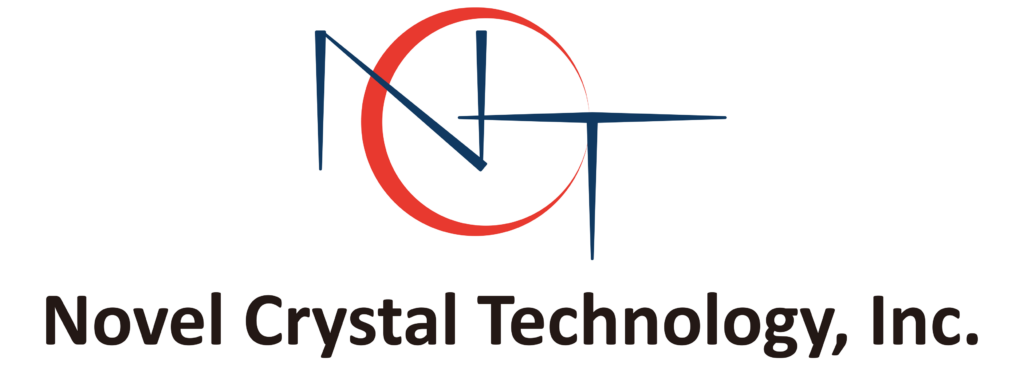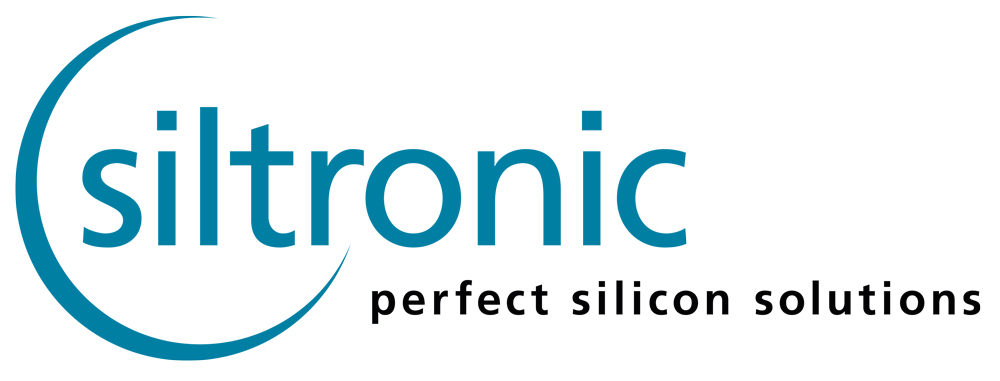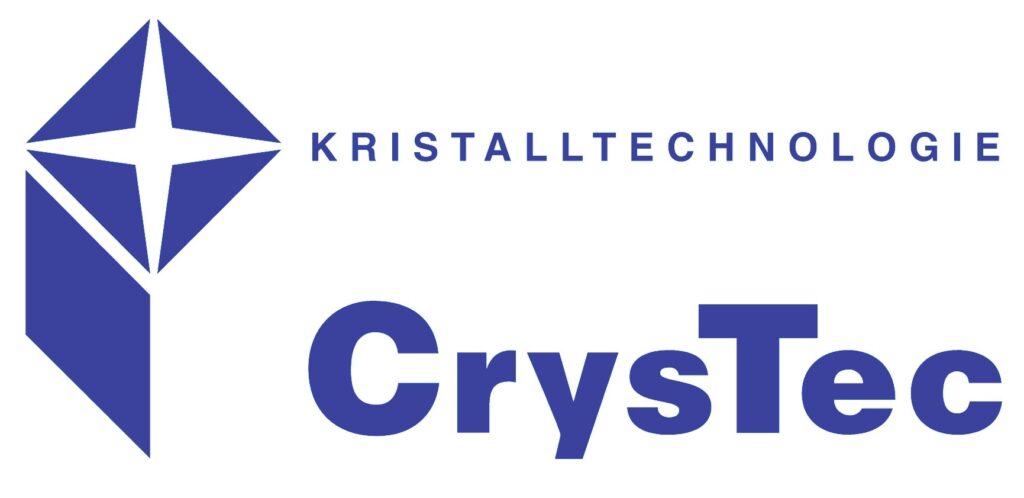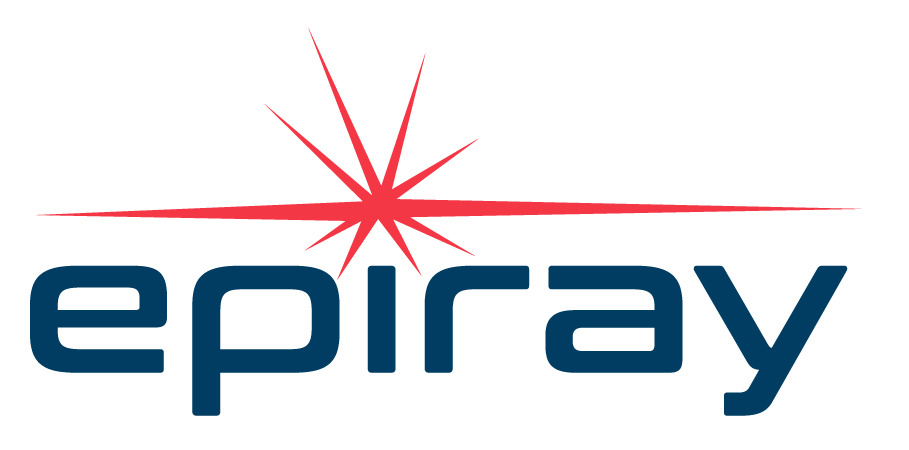HU Berlin
At the Humboldt University Berlin (HUB) four research groups lead by Profs. Claudia Draxl, Saskia Fischer, Christoph Koch, and Ted Masselink, are involved in several GraFOx projects, providing first principle calculation insights, perform transport measurements, structural and electronic property measurements with atomic resolution. Prof. Draxl is coordinating the GraFOx Cluster P ‘Physical Properties’ together with Prof. Rüdiger Goldhahn from the University of Magdeburg, Prof. Saskia Fischer is member of the GraFOx Board of Directors.
PDI
At the Paul-Drude-Institute of Solid State Electronics (PDI), a Leibniz and member institute of the Berlin Research Alliance e.V., several researchers are involved in the GraFOx project. PDI main role is to provide binary and ternary oxide thin films grown by molecular beam epitaxy to the GraFOx research community, and to perform structural and electronic property measurements. Dr. Michael Hanke coordinates synchrotron radiation experiments at the PDI’s PHARAO Beamline at BESSY and several other European Synchrotron facilities, Dr. Manfred Ramsteiner brings in multiple expertise in Raman spectroscopy and spin-based transport measurements, Dr. Oliver Bierwagen is PI on several GraFOx projects and leads the oxide thin film growth efforts at PDI. He also coordinates the GraFOx Cluster G ‘Growth and Surfaces’ together with Dr. Jutta Schwarzkopf (IKZ). PDI together with IKZ is engaged in overall management and organization of the GraFOx network. Dr. Oliver Bierwagen is part of the GraFOx scientific management team together with Dr. Martin Albrecht (IKZ), Prof. Henning Riechert (retired) and Prof. Roman Engel-Herbert (PDI). Profs. Riechert and Engel-Herbert are members of the GraFOx Board of Directors, and Engel-Herbert serves in the role as GraFOx speaker.
IKZ
The institute for Crystal Growth, a Leibniz and member institute of the Berlin Research Alliance e.V., complements the synthesis efforts within GraFOx by providing bulk single crystal oxides either in their own right, or as substrates for epitaxy. In addition, thin film growth efforts using chemical vapor deposition approaches and structural characterization with in-situ capabilities using transmission electron microscopy are being conducted at IKZ. Several researchers are involved in various scientific projects of GraFOx. Prof. Matthias Bickermann leads bulk melt-growth and wafering activities, Dr. Jutta Schwarzkopf grows oxide thin films by metalorganic vapor phase epitaxy, Dr. Martin Albrecht performs transmission electron microscopy with in-operando capabilities to study functional responses of oxides with atomic resolution. These efforts are being complemented by a comprehensive suite of electronic defect characterization capabilities and expertise. Dr. Martin Albrecht coordinates the GraFOx Cluster X ‘Exploratory Materials Research‘ together with Prof. Holger von Wenckstein from the University of Leipzig. IKZ director Prof. Thomas Schröder is member of the GraFOx Board of Directors.
FBH
The Ferdinand-Braun-Institut für Höchstfrequenztechnologie (FBH) is the third Leibniz institute within GraFOx and brings in their expertise in design, fabrication and prototype testing of devices developed from materials synthesized within GraFOx. Their expertise developing and scaling up semiconductor processing technologies enables a rapid transition of new materials, thin films and heterostructure stacks into device architectures to complement materials characterization metrics with device figure of merits. Dr. Kornelius Tetzner leads the GraFOx Cluster D ‘Devices’ together with Prof. Catherine Dubourdieu from the Helmholtz-Zentrum Berlin. FBH director Prof. Günther Tränkle is member of the GraFOx Board of Directors.
HZB
The Helmholtz-Zentrum Berlin (HZB) is a partnering Helmholtz Center within GraFOx. Dr. Deshpande and Prof. Catherine Dubourdieu spearhead the development of atomic layer deposition processes for high-k dielectric integration with novel semiconducting oxides, and explores the suitability for materials developed within GraFOx for the application space of memristor devices. Prof. Dubourdieu leads the GraFOx Cluster D ‘Devices’ together with Dr.Kornelius Tetzner from FBH, she is also member of the GraFOx Board of Directors.
FHI
The Fritz-Haber-Institute of Berlin (FHI) is an institute of the Max Planck-Society within GraFOx, . Prof. em. Matthias Scheffler is member of the GraFOx Board of Directors.
University of Leipzig
Several research efforts are being lead by Prof. Marius Grundmann and Prof. Holger von Wenckstern in the area of photodetectors working the UV-C range, encompassing fabrication and characterization of such devices. Thin film synthesis capabilities at University of Leipzig employs a combinatorial growth approach via pulsed laser deposition, complementing growth capabilities in the Leibniz institutes and the Helmholtz center and enables rapid screening of large compositional spaces for the materials of interest within GraFOx. Prof. von Wenckstern co-leads the GraFOx Cluster X ‘Exploratory Materials Research‘ together with Dr. Martin Albrecht from IKZ. Prof. Grundmann is member of the GraFOx Board of Directors.
University of Magdeburg
Two research groups at the University of Magdeburg are intensely involved in GraFOx research activities. Prof. Martin Feneberg and Prof. Rüdiger Goldhahn research groupsperform elementary optical excitations on oxide materials synthesized within GraFOx and analyze linear optical responses by doing spectroscopic ellipsometry from the far infrared to the deep ultraviolet, as well as electrooptical effects. Prof. Goldhahn co-leads the GraFOx Cluster P ‘Physical Properties’ together with Prof. Draxl from Humboldt University and is the member of the GraFOx Board of Directors.

